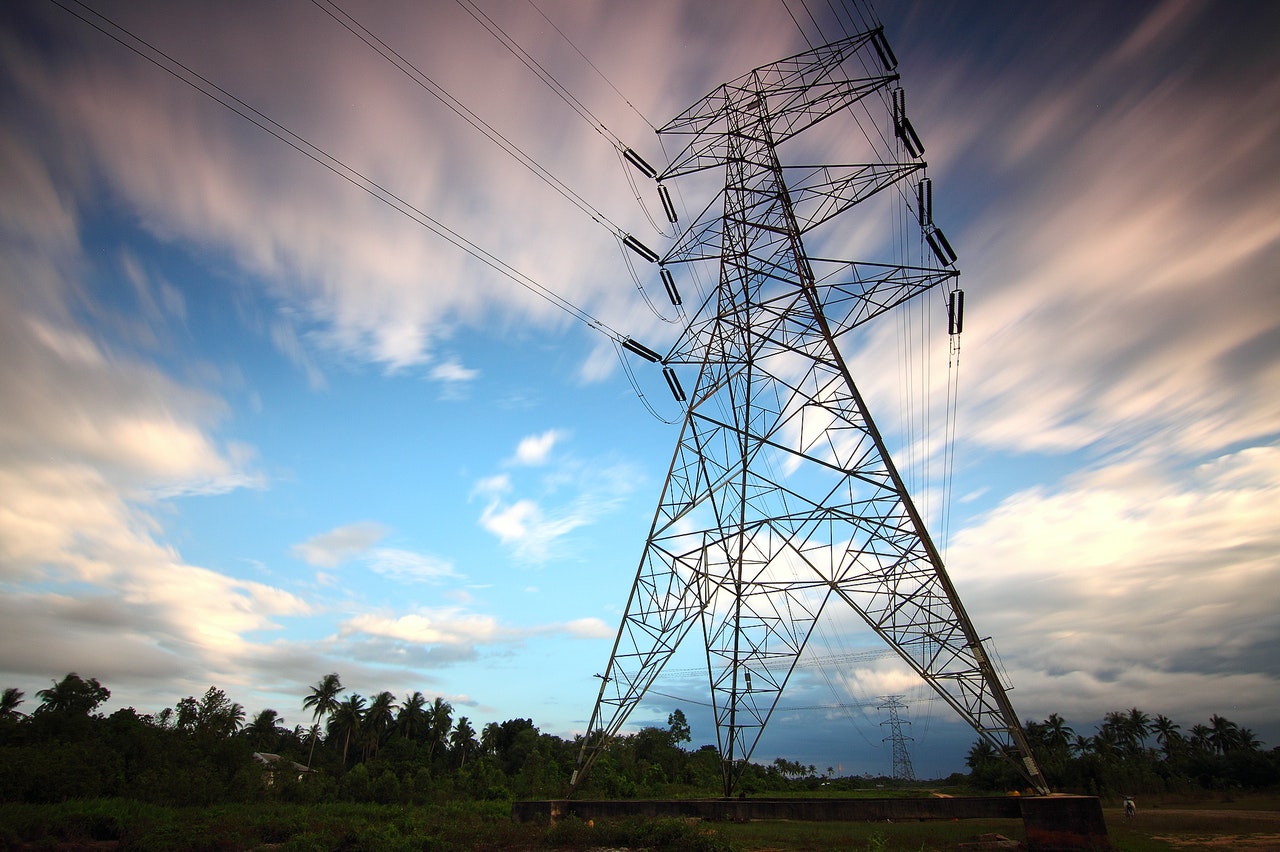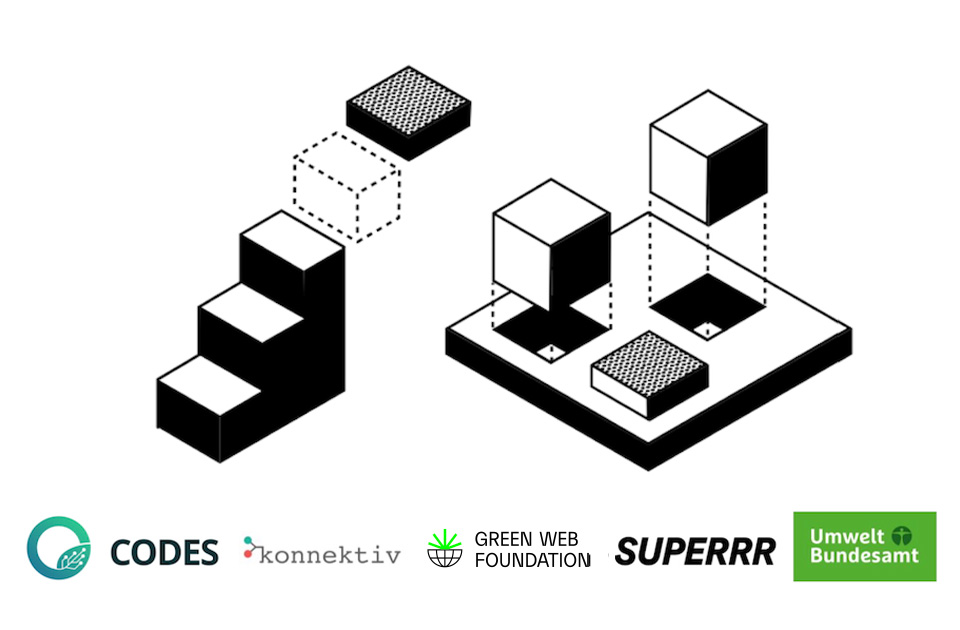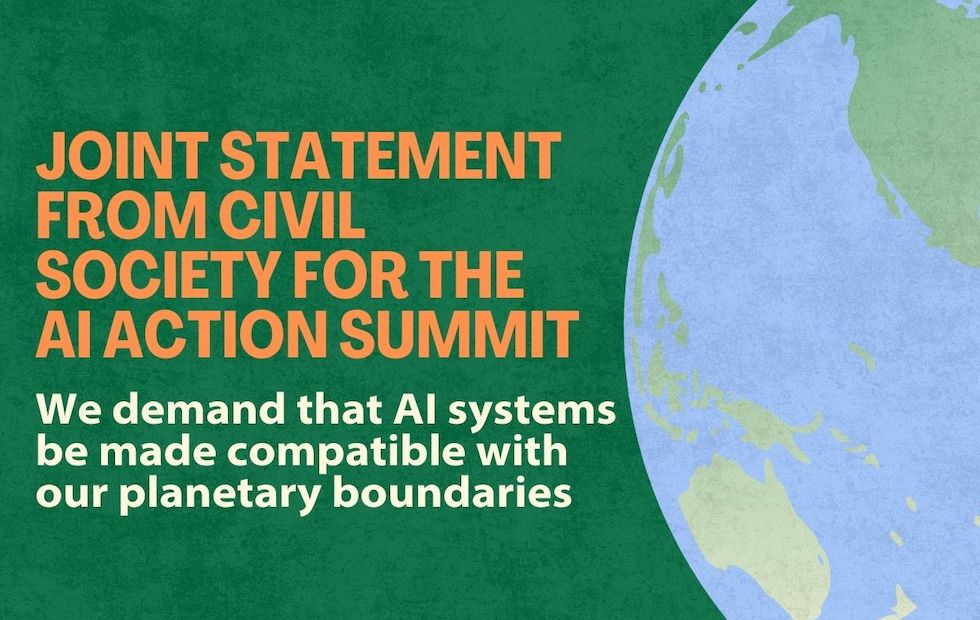by Denis F. Doyon, Samadhi Web Design
Like many people, I spend a lot of time on the internet. But as a website designer, it’s my job to encourage other people to spend time on the internet (or at least, on my clients’ websites). I’ve begun to wonder how my work contributes to the climate crisis, and more important, if there’s anything I can do to reduce the carbon footprint of the websites I create. What I’ve learned not only shows me how I can create more eco-friendly websites, it also suggests how educators can encourage students to investigate the environmental impact of new media technology while they learn technological skills.
As formal education increasingly emphasizes science, technology, engineering and science (STEM), many media educators may choose to promote skills-based technology curricula as a substitute for critical media literacy. The proliferation of digital media production tools — accessible online, easy to use, packed with features and often free — creates a powerful temptation to see media education simply as training in digital media production.
When I worked some years ago as a media literacy educator, I always advocated teaching media production skills — writing media — as an essential component of media literacy education, and I often struggled with colleagues more interested in teaching media analysis and evaluation — reading media. But the growing fascination with teaching digital media production skills seems to have swung the pendulum in the other direction, and an uncritical embrace of online technologies leaves little room for critical investigation of sources and consequences. In particular, it poses a challenge for media educators who are trying to incorporate environmental issues into their pedagogical practice.
At the dawn of the Internet Era, many of its evangelists promised substantial benefits to the natural environment. Imagine how much paper it will save! Imagine how much travel it will make unnecessary! And in fact, some of these promises have come true. As email, social media and online publishing have risen, the so-called “dead tree media” — traditional mail, newspapers, magazines, and books — are seemingly headed for extinction, undoubtedly saving huge numbers of trees from the paper mill. Videoconferencing, messaging and other online collaboration tools have similarly reduced the need for cross-country business trips and the carbon emissions they generate.
But these environmental savings must be measured against the environmental costs of new media technologies, including the exposure of workers and the environment to toxic metals in mining, manufacturing, and disposal of billions of electronic devices each year (Green Chemistry vs Toxic Technology: The Problem with Electronics, n.d.).
Further, the carbon footprint of the internet is growing rapidly. Every part of the internet runs on electrical energy, from the devices used for access (computers, tablets, mobile phones, game consoles, TVs, etc.) to the servers holding the applications and data we use, and all of the routers, switches and other equipment in between. The information and communications technology (ICT) ecosystem as a whole, which includes mobile-phone networks and television, currently produces more than 2% of global carbon emissions — roughly equal to the aviation industry’s carbon emissions from fuel (Jones, 2018). Educators who assign web-based projects can thus challenge students to evaluate the environmental footprint of their own projects.
The carbon footprint of data centers
Measuring the carbon footprint of the internet is very complicated, but the largest single source of carbon emissions are data centers, the facilities containing the routers, switches, servers, and other equipment that store and serve online applications and data to end users. Total data center storage capacity worldwide is currently around 2 trillion gigabytes. (Global data center storage capacity 2016-2021). Keeping these data centers running consumes 1 to 2% of the world’s electricity (Jones, 2018, Andrae & Edler, 2015). The carbon footprint of internet data centers is currently around 500 megatons of CO2 equivalent per year (Belkhir 2019) — more than what is produced by the 210 million people in Brazil (Muntean et al., 2018).
Internet traffic to and from data centers is growing by an astounding 25% per year (Andrae & Edler, 2015). The total electricity demand of data centers, however, has remained relatively flat over the past five years, as gigantic “hyperscale” data centers run by Amazon, Google, Facebook and others have pulled business from smaller, less-efficient data centers, including in-house corporate and institutional facilities. While this trend raises other issues (such as, do we really want a handful of giant corporations to handle all the world’s data?) it has allowed the data center sector to enjoy exponential growth without a parallel increase in electricity demand (Jones, 2018).
However, at some point both technological efficiency and corporate consolidation will yield diminishing returns. Forecasting models predict that the burgeoning information and communications technology sector will consume 8 to 20% of global electricity by 2035, with data centers responsible for a third of that amount (Jones, 2018).
Reducing the carbon footprint of data centers is thus dependent on conversion to renewable energy sources. If data centers are powered by non-renewable energy sources (principally coal), explosive growth in the sector will produce staggering levels of CO2 emissions. If, on the other hand, data centers are powered by 100% renewable energy, their investments could accelerate the transition to a renewably powered global economy.
Here, the corporate record is mixed. Greenpeace’s #ClickClean campaign provides a scorecard and applies public pressure on the worst offenders. Some of the largest operators of data centers, like Google, Facebook, and Apple have made public commitments to use 100% renewable energy, and they have made significant progress toward that goal. Other household names like Netflix, HBO and Twitter have not made commitments to use renewables, and they receive failing grades from Greenpeace (Greenpeace, 2017).
This article was first published in The Journal of Sustainability Education, 29 April 2020.



